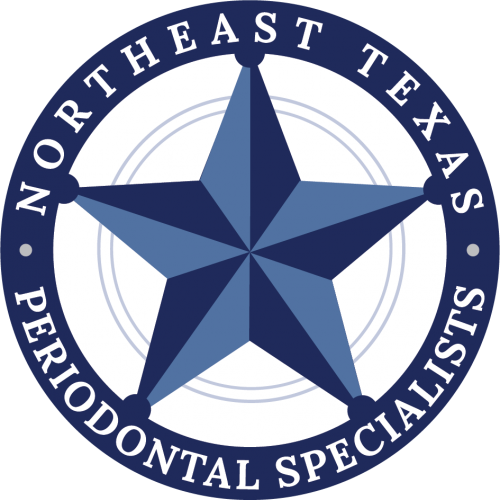Don't Give Up on Your Smile: Saving Failing Dental Implants with LAPIP
Dental implants have become a popular and reliable solution for replacing missing teeth. They offer improved functionality, aesthetics, and self-confidence. But even implants aren't immune to problems. Peri-implantitis, an inflammation of the gum tissue around the implant, can threaten its stability and ultimately lead to its failure. However, there's hope! LAPIP, a minimally invasive laser treatment, emerges as a beacon of hope, offering a second chance for your smile.
Understanding the Threat: What is Peri-Implantitis?
Think of peri-implantitis as a silent enemy attacking your implant's foundation. Just like gum disease affects natural teeth, peri-implantitis develops due to plaque buildup and bacterial infection. This leads to inflammation, bone loss, and eventually, loosening of the implant. Signs to watch out for include:
* Bleeding gums around the implant
* Redness or swelling
* Loose implant
* Pain or discomfort
* Pus drainage
Traditional vs. LAPIP: A New Approach to Saving Implants
Traditionally, treating peri-implantitis involved surgical procedures like flap surgery or bone grafting. These methods can be invasive, painful, and require extensive healing time. But with LAPIP, there's a gentler option.
LAPIP: A Ray of Hope
LAPIP stands for Laser Assisted Peri-Implantitis Protocol. It's a minimally invasive procedure that uses a specialized laser to:
* Precisely remove infected tissue and bacteria: The laser targets the problem area without harming healthy tissue, minimizing bleeding and discomfort.
* Clean the implant surface: Ultrasonic waves further remove debris and ensure a clean environment for healing.
* Stimulate tissue regeneration: The laser promotes the growth of new healthy bone and gum tissue around the implant, strengthening its foundation.
Benefits of LAPIP:
* Minimally invasive: Less discomfort, bleeding, and swelling compared to traditional surgery.
* Faster healing: Patients typically recover within a few days.
* Preserved tissue: Healthy tissue is spared, promoting faster regeneration.
* High success rate: Studies show a 95% success rate in saving failing implants.
* Reduced risk of future complications: By addressing the underlying cause, LAPIP helps prevent future issues.
Is LAPIP Right for You?
If you're facing peri-implantitis, LAPIP might be a viable option. However, only a qualified dentist can assess your specific situation and determine if LAPIP is the right course of action. Consider these factors:
* Severity of peri-implantitis: LAPIP is most effective in the early stages.
* Overall health: Your dentist will evaluate your medical history to ensure suitability.
* Cost: LAPIP can be expensive, and insurance coverage may vary.
Embrace Hope: Take Action Today!
Whatever option you and your dental care team choose, the important thing is that you take action. There is no reason to wait and suffer. Embrace the change you want to see, and gain control over your self confidence and diet again. The longer you wait, the more the long term impact of self doubt and poor dietary choices will weigh on you; which can lead to depression and greater health concerns.
Don't wait until it's too late. If you suspect peri-implantitis, schedule an appointment with your dentist to discuss LAPIP. Early diagnosis and intervention are crucial for successful treatment. Remember, saving your smile is possible!

